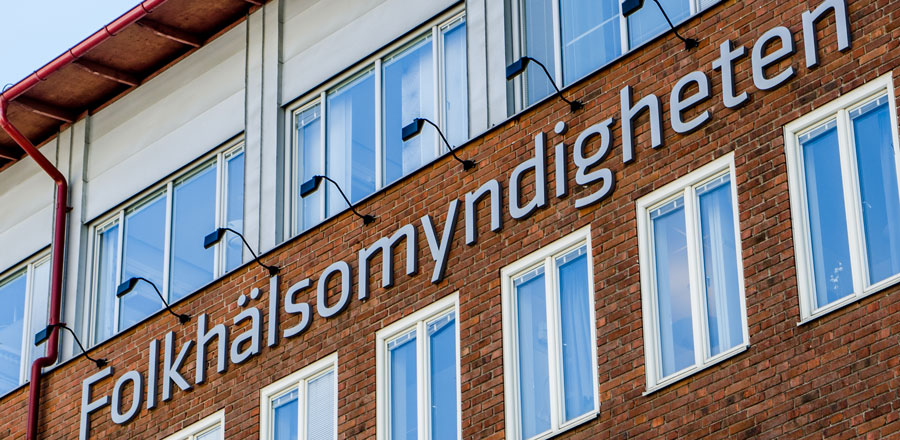In terms of longer periods of time, we are living longer and longer in Sweden. Deaths from cardiovascular disease and cancer continue to fall and life expectancy has increased by 2.1 years from 2006 to 2019, the Public Health Agency said in its Public Health Development 2022 report.
But in 2020 the trend was broken by the pandemic.
Life expectancy subsequently fell by an average of 0.6 years compared to 2019, and among those particularly affected are both women and men outside Europe and men born outside the Nordic region. Even women without upper secondary education — who have been on a generally negative trend since 2006 — were hit hard by the pandemic in 2020.
The authority also states that at the current pace, we will not meet the public health policy target by 2048. According to the goal – presented by the government in 2018 – it will “create social conditions for good and equal health for the whole population and close the influential health gaps within a generation”.
According to Karin Tegmark Wisell, Director General of the Swedish Public Health Agency, the impact of the pandemic further highlights the need for health promotion and preventive measures from both the welfare sector and other societal actors.
– Special priority is needed for the groups where both health and conditions are worst, she says in one press release†
According to the authority, there are systematic differences between groups in almost all health outcomes.
Among other things, the report emphasizes that people of lower socioeconomic status have poorer health and there is a risk that the differences will persist in the future. It also points to poorer outcomes in both primary and secondary school for children born outside the Nordic region whose parents have no secondary education.
Join the report†
Lakartidningen.se

“Troublemaker. Typical travel fan. Food fanatic. Award-winning student. Organizer. Entrepreneur. Bacon specialist.”






